Who says you need a yard to grow vegetables? 16 vegetables best suited for potting to build your own vegetable garden
If you have a small space, it is a great idea to use it to grow some small potted vegetables. Not only can you create a very beautiful garden, but you can also harvest the freshest and most delicious fruits and vegetables.
Of course, you can also plant crops on the balcony, roof, patio, corridor or even indoors near the window.
Site observation and selection
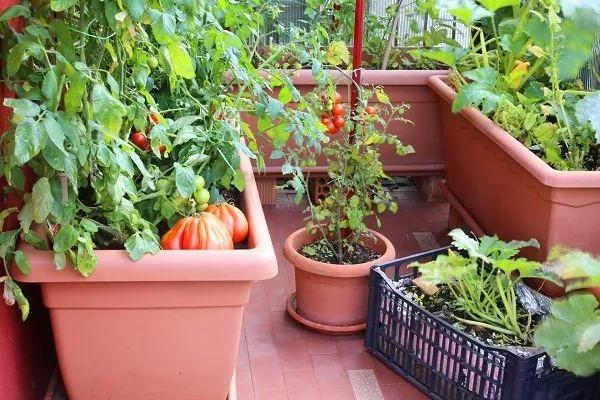
Start creating your container garden by observing the space you will be planting in.
First, position the space in a way that it faces the sun, preferably south or east. If your space faces north, your planting options will be very limited.
Before you start planting, carefully observe for one or two days to calculate the length of sunshine and the time the corner will receive the most sunlight and shade. Also check whether the space is drafty, damp, or cold.
And keep a notebook to record:
For example, does the space receive at least six hours of sunlight, as sunlight is crucial to the success of vegetable potting?
If it's windy, your plants will dry out quickly; in this case, having a self-watering pot is great.
Choose a basin
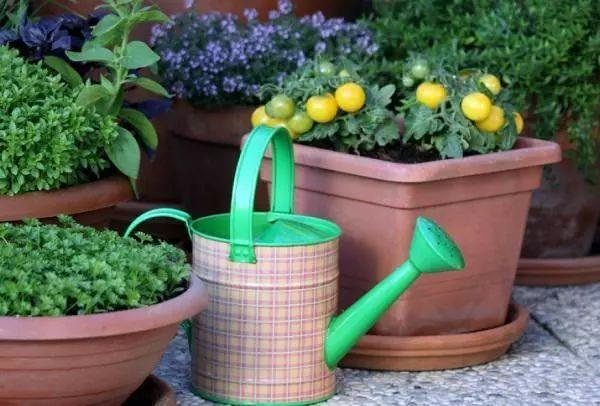
Once you have completed all of the above steps, all you need to do now is collect the pots for your vegetable garden.
You'll be faced with a variety of options - standard ceramic pots, window boxes, planting bags, tanks, and half buckets.
To allow plants to grow vertically, there are: stacking planters, fence planters, hanging baskets and some DIY planters.
The size of the pot depends on the type of vegetables you want to grow.
For example, tomatoes can be grown in small pots or large boxes, depending on the variety of seedling.
If you are growing vegetables such as herbs, salads and spinach, you don't need a large pot. A depth of 15-20 cm is enough, and a window box is very suitable.
An average of 30 cm pots can be kept in reserve, and most vegetables like bell peppers, radishes, eggplants, okra, etc. can be grown in them.
Choose vegetables
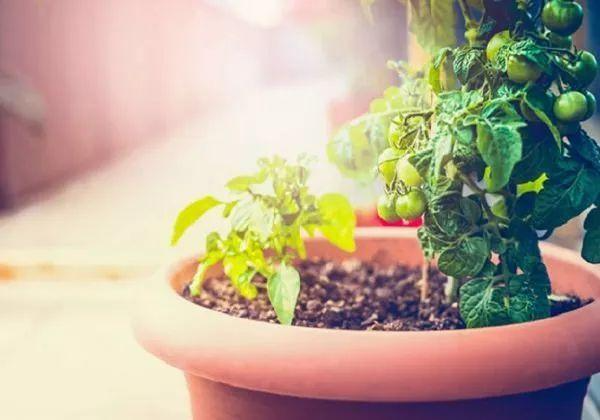
tomato:
If your container garden receives full sun, try growing tomatoes.
The size of the pot depends on the variety of seedlings to be grown.
Leguminosae:
Most legumes are climbers or leafy varieties that tend to grow upward, making them prolific and easy to grow. You'll need a clay pot that's at least 30cm deep.
Green peppers and chili peppers:
Bell peppers need a pot that is at least 25-30 cm deep and wide. In such a pot, you can plant 2-3 small varieties of plants.
Salad vegetables:
Growing some salad in pots is an easy task.
You can choose a ceramic pot that is 15-20cm deep and has a wide enough opening so that lettuce, Chinese cabbage, mustard greens, and arugula can be grown.
You can also place these vegetables in a certain shade.
Carrots and radishes :
It is best to plant carrots and radishes in pots. The carrot pot should be 30cm deep, and the size varies depending on the variety.
The pot for radish needs to be 15-20cm deep.
Cauliflower and Kale:
If you're growing broccoli in a pot, choose a pot that's 30cm deep. You can also grow greens of this size, such as kale, in a pot similar to this size.
beet:
This fast-growing vegetable requires a pot size between 25-30cm and placed in full sun or partial shade.
squash:
Zucchini is a prolific potted vegetable, and the pot you choose needs to be more than 30cm deep.
vanilla:
In your container garden, leave some space for herbs. Most herbs will do well in a 15-30cm pot.
Planting principles for potted gardening
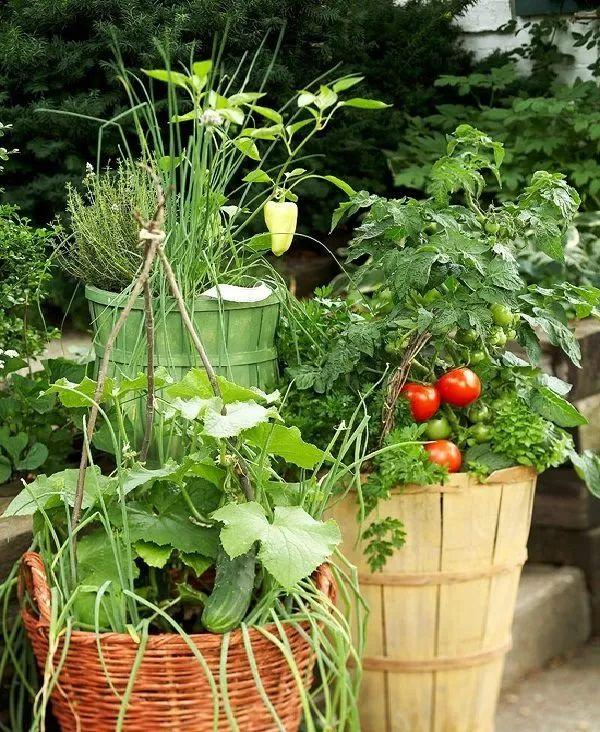
Vegetables grow mainly from early spring to autumn, and may also continue into winter. If you live in a warm climate, you can also move them indoors or into a greenhouse to save yourself some trouble.
For planting, you can either start from seeds, buy seedlings, or transplant them from a nearby nursery. If you lack green thumbs, buying seedlings is more straightforward.
soil
In the world of container gardening, soil is the most important substance. It's best to use a potting mix or make your own soil.
Watering
You need to be careful when watering potted plants, as they have a limited ability to hold water and can easily dry out. If you overwater, they can die from waterlogging. The amount and frequency of watering will depend on the variety you're growing.
Tip: When the top 2cm of soil looks dry, you can water it.
Useful tips
Potted plants often suffer from nutrient deficiencies. Compost can be used to supplement nutrients.
l Avoid applying too much nitrogen fertilizer to fruiting vegetables, such as tomatoes and peppers, as it will cause the branches and leaves to grow too long.
If you are growing vegetables in a very cool climate, make sure your pots face south or have a west-facing wall.
l Watch out for insects and check under the leaves regularly to detect pests in time.
16 Best Vegetables to Grow in Pots
1. Tomato
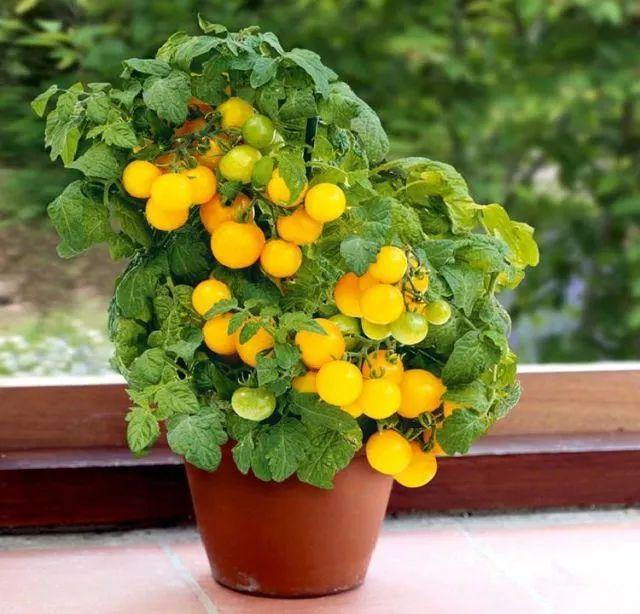
Tomatoes are undoubtedly the most prolific container-grown vegetable. They require ample sunlight, at least 5-6 hours per day.
The size of your pot will depend on the type of tomatoes you're growing. For general potted tomatoes, dwarf varieties are best. For a larger harvest, you might also want to try growing cherry tomatoes.
2. Beans
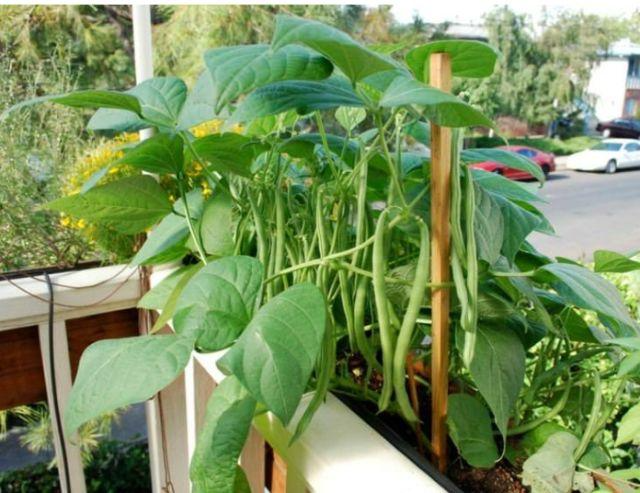
Most legumes are either climbing or leafy plants that grow upwards. They are very easy to grow and very productive in pots.
Build a trellis against the wall, and after a few weeks, you will see green bean sprouts climbing all over the trellis.
Bean sprouts need a sunny spot to grow, so the pot should be at least 30cm deep, and the larger the better. The rack, as a supporting structure, should also be strong enough.
Because legumes can fix nitrogen, most vegetables that need more nitrogen are very suitable for growing under legumes. If you have already planted legumes in a large pot, you can also plant some mint, kale, or celery under the plants.
3. Lettuce
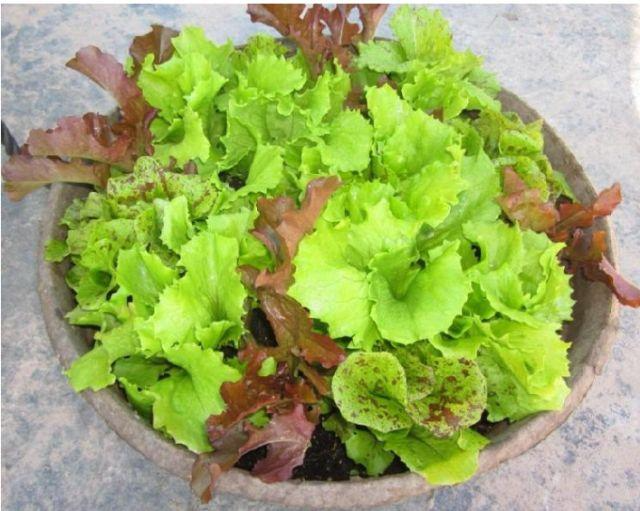
Lettuce grows very quickly and you can pick it multiple times throughout the growing season. As a cool season crop, lettuce must be planted at the right time depending on your climate.
Generally speaking, the seeds germinate during the Spring Festival. However, if you live in a warm climate, you can also plant them in winter.
When planting lettuce, choose a wider container rather than a deep one; a depth of 12cm is sufficient. Make sure the plants are at least 10cm apart. Remember that loose leaf lettuce will grow more densely than head lettuce.
Provide good drainage, adequate shade, and water frequently to keep the soil moderately moist.
4. Green peppers and chili peppers
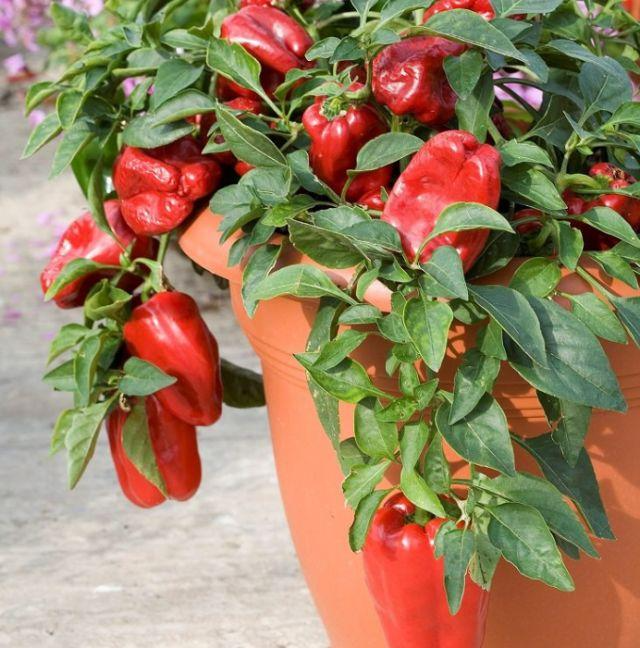
Both bell peppers and chili peppers are incredibly prolific and well-suited to potted plants. They grow beautifully upright in ceramic pots. They thrive in warm locations with full sunlight. If you keep the pots in sunlight and occasionally add suitable soil and fertilizer, they will bear abundant fruit. For larger pots, a depth of at least 30 cm is recommended.
5. Cherry radish
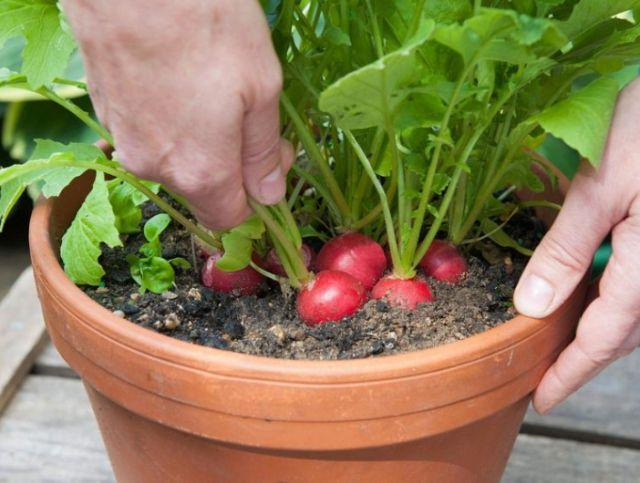
Cherry radishes are one of the fastest-growing vegetables, making them ideal for potted plants. You can also create a garden with them in various pots, large and small. A pot 15cm deep is sufficient, but for larger varieties, pots 20-25cm deep are recommended. Leave 7cm of space between plants.
6. Bok Choy
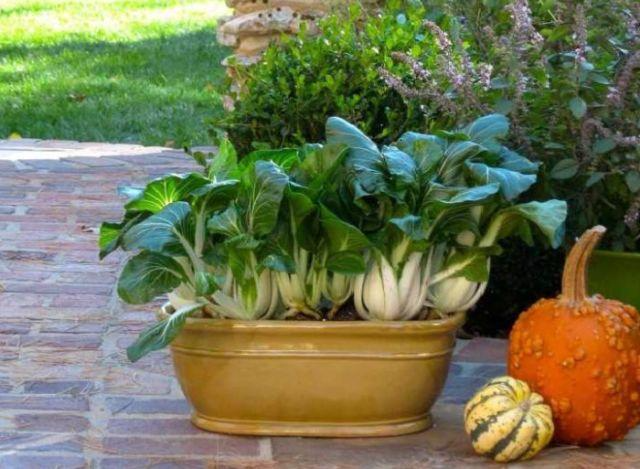
Bok choy is a great potted plant because it grows quickly and doesn't need a lot of sun. You can keep it in a cool, shady area with 3-4 hours of sunlight. Keep it moist and fertilized with organic fertilizer, and it will thrive.
7. Spinach
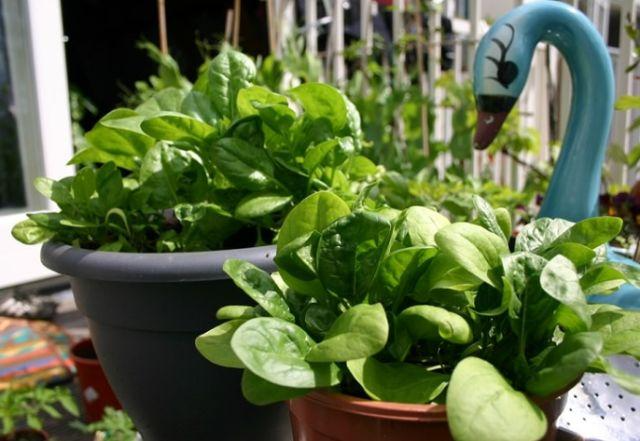
Spinach is one of the best container vegetables. It thrives in any space, as long as it has a little shade.
Growing spinach in a container is incredibly easy, and you can even plant it indoors on a windowsill. If you're growing it in a ceramic pot, make sure the pot is at least 6-8 inches deep. If you have a pot with a wide opening, you won't need a very deep pot. Here, learn how to grow spinach in a pot.
8. Peas
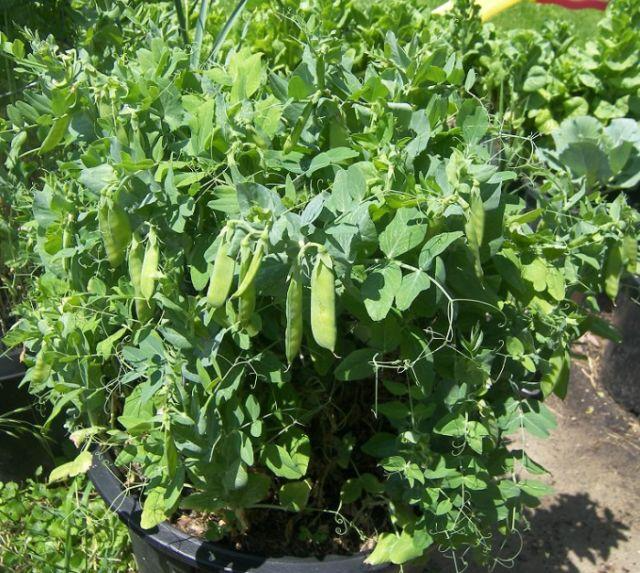
Peas love a warm, moist environment. They're an excellent crop for container gardening. They don't require a lot of space and grow quickly with minimal care. You can even grow them on the sun. Choose short, leafy varieties and water them regularly, as peas prefer moderately moist soil. Keep the potted plants in full sun, or part sun in warm weather.
9. Carrots
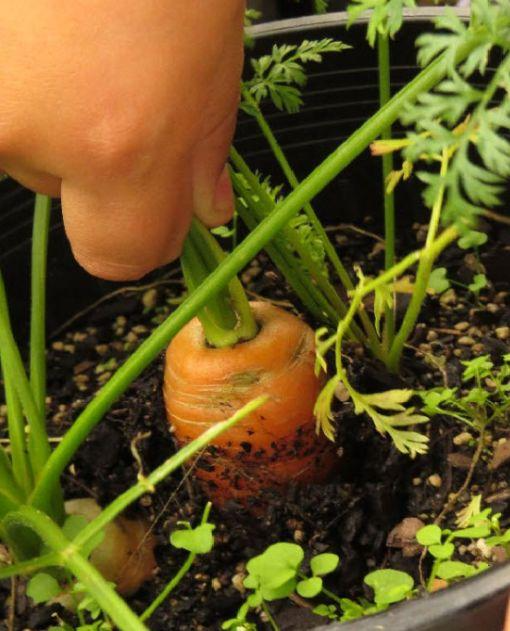
Carrots grow best in cool weather. If they're watered regularly, their roots won't dry out and break. Therefore, carrot seedlings are easy to grow in pots and don't take up a lot of space.
10. Cucumber
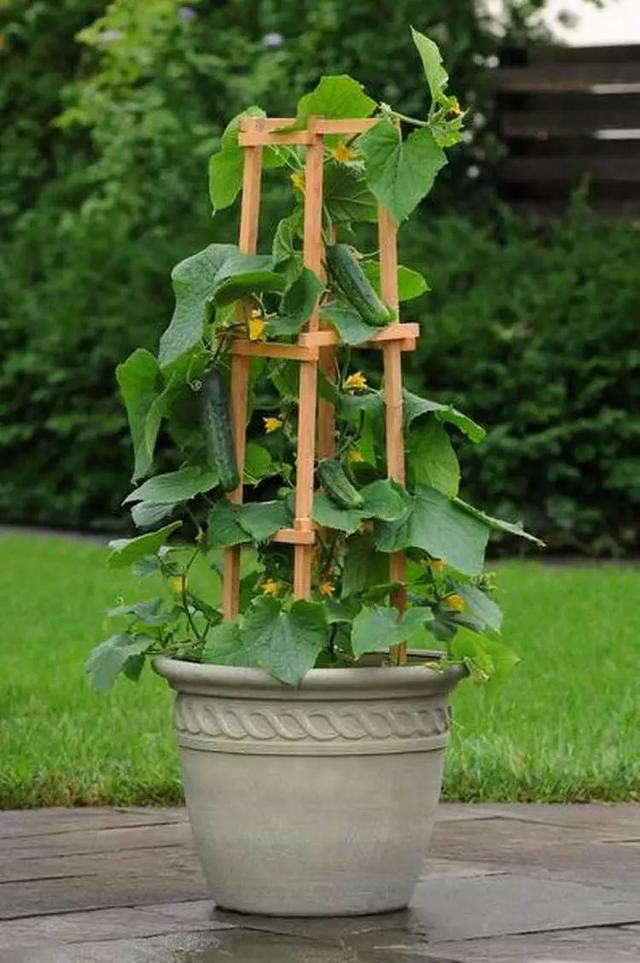
Growing cucumbers is more involved and requires regular watering. Depending on the variety, plant them in medium or large pots in full sun.
11. Eggplant
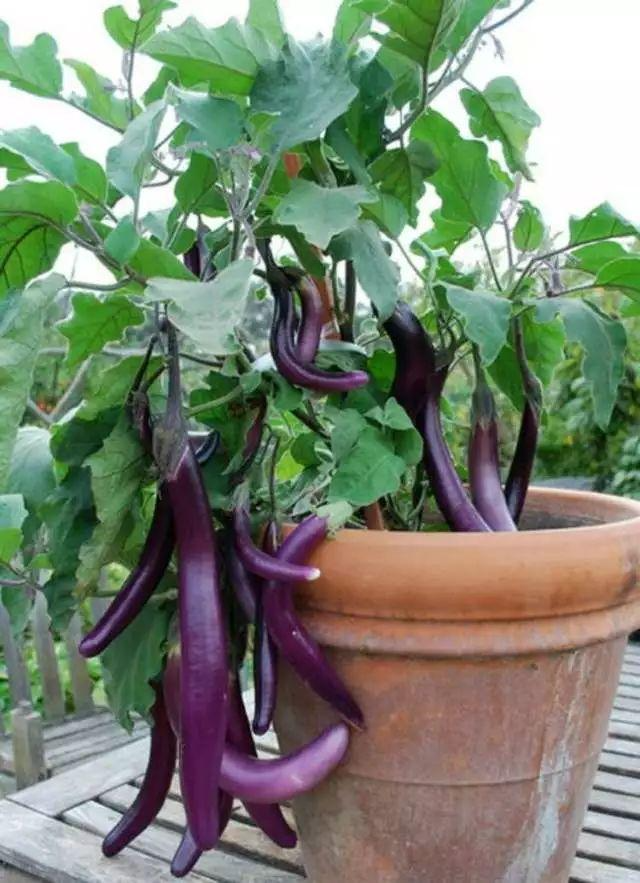
Although eggplants are very susceptible to various insects, it is easy to grow them in pots.
Eggplants are very heat-loving plants, requiring high temperatures both day and night, making them a good summer crop. However, if you live in a mild climate, you can grow them year-round. Similarly, growing eggplants in pots is easier than growing them in a large garden.
Be sure to place the eggplant pot in full sun and provide enough fertilizer. Like other crops, such as tomatoes, peppers, and potatoes, eggplant also requires a lot of nutrients.
12. Eat beets
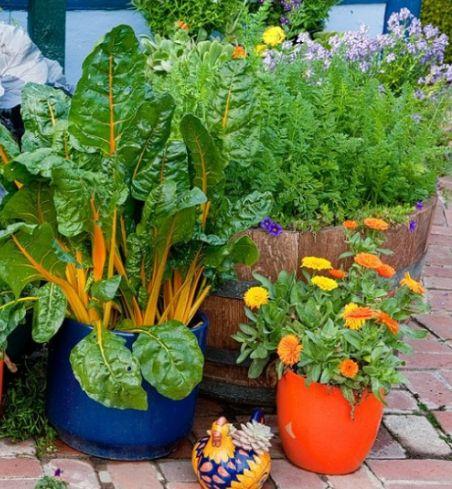
If you live in a mild climate, beets can tolerate heat better than kale and are a better choice for cultivation. However, they are still cool-weather crops. Both kale and beets can be grown in small pots. They both need a depth of at least 15 cm.
13. Garlic
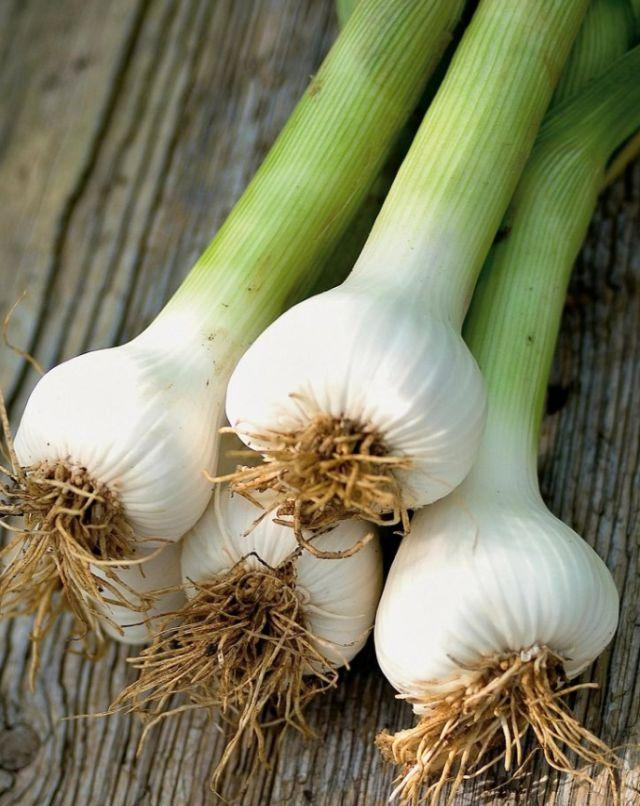
You can plant the best parts of the garlic in pots at home. The leaves are also edible and can be used in salads, sandwiches, and many other side dishes. For potted garlic, choose a pot that is at least 15-20cm deep and as wide as possible. Also, leave 12-15cm between the plants.
14. Bitter Melon
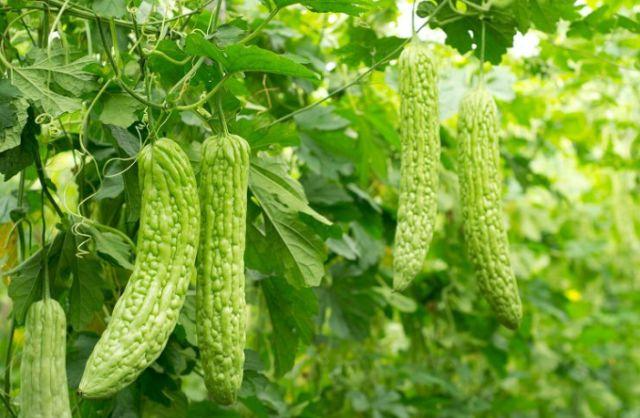
This healthy fruit and vegetable is perfect for container cultivation. Bitter melon is a tropical climber that can be grown in warm climates year-round. It grows in clusters, similar to cucumbers and melons. You'll need a 30cm deep clay pot and a sturdy trellis.
15. Okra
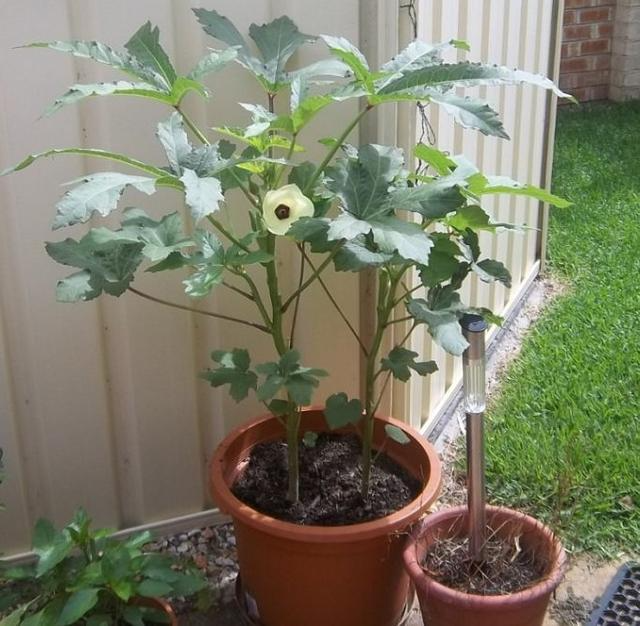
Okra is a warm-season crop. It's easy to grow and doesn't require professional gardening skills. Provide it with warmth, adequate sun, and sufficient fertilizer, and it'll yield high yields. Dwarf okra is better suited to potted plants.
16. Kale
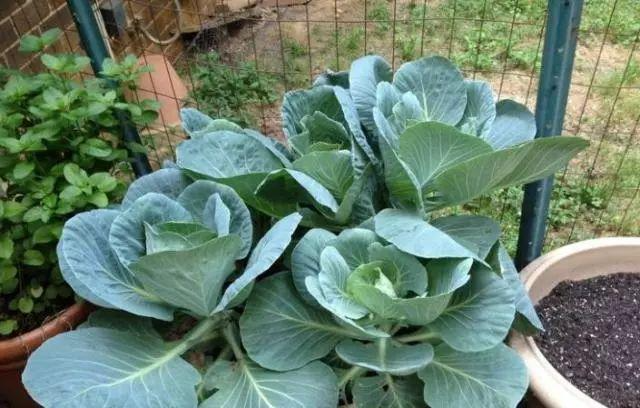
Besides spinach, kale is another leafy green option. It's a biennial plant that grows easily in pots like an annual. You can have a good harvest just 75 days after transplanting.
Pick the young green leaves first; if you cut the whole plant down, it will grow back. You can pick regularly until the first freeze hits your area. If you live in a warm, frost-free area, kale will grow well into the winter.